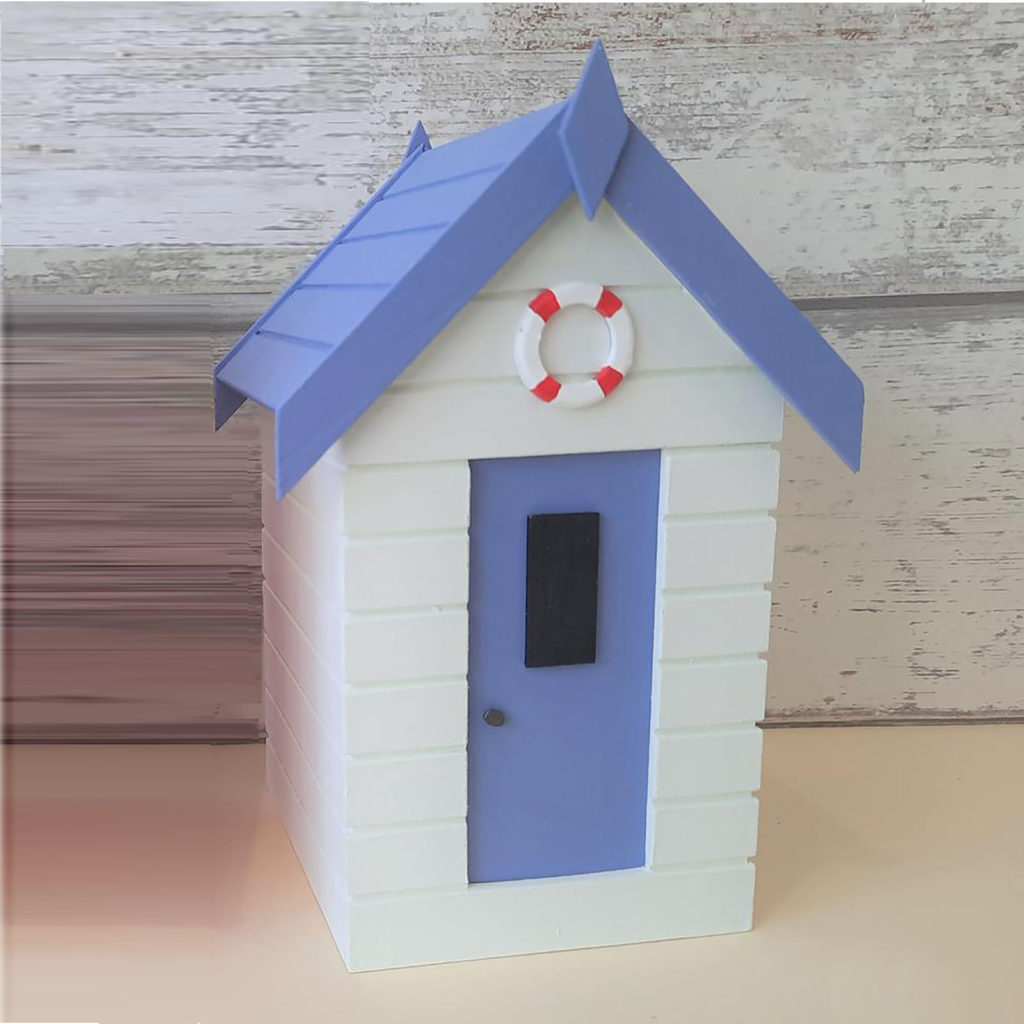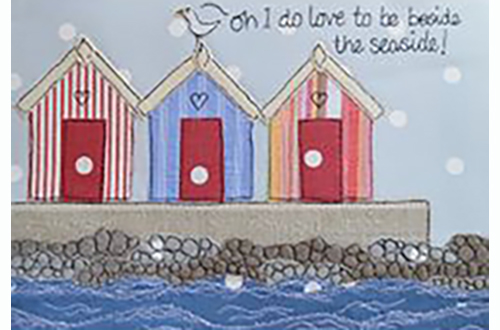
Back to News...
England’s Coastal Soul: Beaches, Traditions, and Timeless Charm
England’s coastline isn’t just a boundary—it’s a living, breathing part of the national story. It’s where childhood memories are made, where history meets horizon, and where the sea has shaped not just the land, but the people who live beside it.
From the fossil-rich cliffs of Dorset to the quiet, windswept sands of the North East, the coast is a place of contrasts. It’s wild and gentle, nostalgic and ever-changing. And it’s never just about the beach—it’s about the feeling of being there.
Where the Land Ends and the Stories Begin
Some places along the coast feel like they’ve been waiting centuries for you to arrive.
Weymouth Beach, for instance, still carries echoes of Victorian holidaymakers in its curve of golden sand and pastel seafront. It’s not flashy, but it doesn’t need to be. There’s something comforting in its familiarity—deckchairs, ice cream, the slow rhythm of the tide and the Punch and Judy
Oh the Punch and Judy!
Beneath stripy red-and-white tents, Mr. Punch and his entourage still battle crocodiles and each other with comical flair. These puppet shows, dating back over 350 years, remain an entertaining (if chaotic) staple at family-friendly beaches including Weymouth
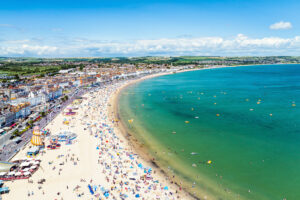

It’s the kind of place where generations return year after year, not for novelty, but for the joy of knowing exactly what to expect: a warm welcome, a safe swim, and maybe a ride on the pier.
Then there’s Sandbanks, just along the Dorset coast, where the sea meets sleek modernity. It’s a place of paddleboards, polished windows, and some of the most sought-after real estate in the country. But beyond the luxury, there’s a quiet beauty in its setting—calm waters, golden sand, and a sense of space that feels rare.
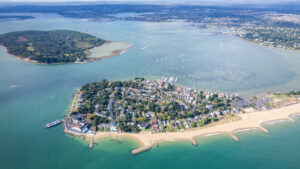

Further east, the White Cliffs of Dover rise like a hymn. They’re not just a view—they’re a symbol. Of return, of resilience, of standing firm. Even from across the water in Margate, their stark white faces and natural arches are unmistakable—etched into the coastline like a memory.


Walk along the top and you’ll feel it: the weight of history, the pull of the sea.
North and East: Where the Wind Has a Voice
In the North East, Roker and Seaburn stretch out with a kind of quiet pride. These aren’t beaches that shout for attention. They’re places where locals walk dogs at sunrise, where the sea is part of daily life. There’s a rawness here, but also a warmth—especially when the fish and chips are hot and the wind’s at your back.
One of the most iconic views is Roker Lighthouse, seen through the circular sculpture at Seaburn. It’s a perfect blend of industrial heritage and coastal beauty—waves crashing, light breaking through the clouds, and the lighthouse standing firm.
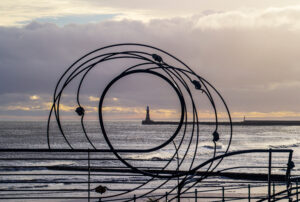

And then there’s Holkham, on the Norfolk coast. It doesn’t feel like a beach so much as a wilderness. At low tide, the sand seems to go on forever. It’s a place to breathe, to listen, to be still. The kind of place that reminds you how small you are—and how beautiful that can be.
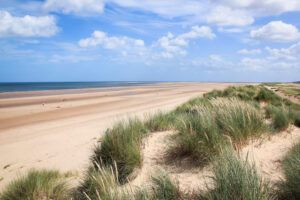

But Holkham isn’t just about open space. Tucked along the edge of the pines, you’ll find rows of colourful beach huts—each one a little different, each one a tiny piece of seaside tradition.
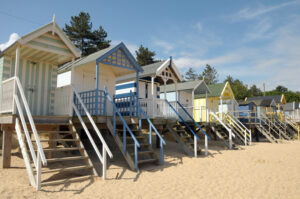

More Than Just a Day Out
The English seaside isn’t always sunny. But it’s real. It’s the smell of salt and vinegar, the sound of gulls squabbling over chips, the feel of sand in your shoes long after you’ve left.
It’s also full of oddities and traditions—like the iconic beach huts that line so many shores. Painted in cheerful stripes and perched on stilts above the sand, they’re part of the scenery and the story. These huts aren’t just for show—they’re tiny sanctuaries, places to shelter from the wind, brew a cup of tea, or simply watch the tide roll in.
Whatever the coast means to you, why not treat yourself to a charming reminder—perhaps a seaside-inspired dish, a nautical-themed clock, a coastal tea towel, or a beach hut container—to bring a touch of nostalgia into your day.



